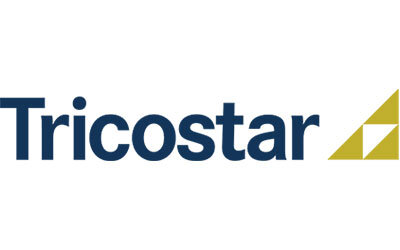A Front-End / Back-End Model of Cloud Computing Architecture
The front-end of a cloud system is the cloud platform, which is the side that the user sees. The only hardware that is required at the front-end of the system is a computer (or computer network) that has access to the internet - the vast majority of the time it is with the internet by which the front-end and back-end communicate with each other. Depending on the particular cloud system, the interface or software that the user uses to access the service can vary, but the simplest (and one of the commonest) examples is a web-browser.An everyday example of this is web-based email accounts - the user uses a browser to connect to their email account, whilst every other part of the system is handled in the back-end by the provider. It is also possible for cloud services to require a more specialised program for users to connect to the cloud.The back-end of the cloud system is the cloud itself. The cloud consists of a number of different parts which can generally be broken down into: the storage, the service and the infrastructure. The storage is where all of the users data is stored and is much larger than would be normal with an on-site system because the cloud provider has to ensure that the data is very securely backed-up in case of data loss.The service is the program or application that the user is accessing, which can practically be anything at all - the only limiting factor is the speed of the users internet connection, and as it increases for the majority of the people using the internet we will begin to see more and more sophisticated cloud services. Lastly, the infrastructure is the servers, computers and hardware that holds the cloud together.See the full range of web-based solutions we offer and get in touch.
